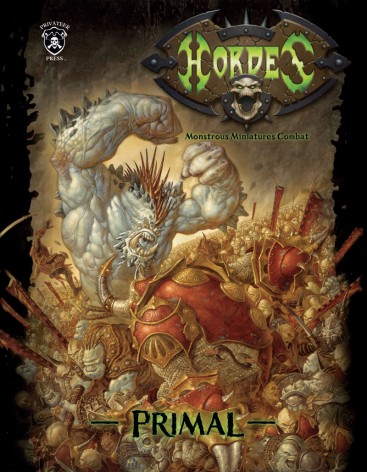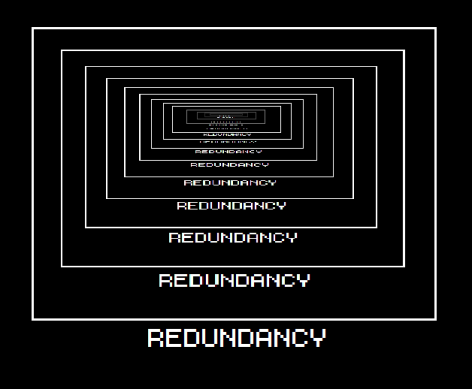Hordes: Tips for the Wilds – Mastering Warlocks


Here are some tips to help you get the most out of your wild warriors when using Hordes armies.
Fury Juggling:
The core problem you will need to solve each turn regarding your Fury management is: how much Fury do I need to hold onto for transfers, and how does that weigh against the Fury that is on my battlegroup?
A good place to start, and what you’ll be doing most turns, is to figure out how much Fury your warlock will want to spend on spells/animi/attacks, set that aside, send out your beasts to do whatever they need to that turn, and then use Fury management (and possibly discarding Fury with your warlock) to ensure that you end the turn with one or two Fury on your warlock, and you only have as much Fury on your warbeasts as you can leech back next turn.
This gets more complicated on turns where either: a) you need to run “hot” with all of your warbeasts (i.e. max or nearly max them out on Fury) but can’t get that Fury off of them (due to dead/out of position support models), or b) you need to keep a lot of Fury on your warlock in anticipation of serious danger incoming. In those cases, you need to evaluate if it is worth going all-in/heavily camping and if so, try to play around what your Fury balance is likely to be (either lots on your warbeasts, or lots on your warlock).
When To Transfer:
Transferring damage is the primary survival mechanic for warlocks. It is also a mini-game unto itself. Knowing when to transfer damage, and where to transfer it to, is just as important as managing your Fury properly in the first place. It can be very easy to just transfer every hit as it comes in, and in some cases that will earn you a dead warlock.
In some situations, it will be really easy to know when to transfer damage. If, for example, you take enough damage in one hit to kill your warlock in one hit, you may want to transfer that off to one of your beasts. It isn’t always going to be so cut and dry, however.
Things get complicated when you are facing down multiple attacks, each of which has a different expected damage values (i.e. how much damage each attack can be expected to deal using average dice results). This is where you have to run some quick math – how much damage will you take from each attack, how likely is each attack to hit, and how bad is the worst case scenario (all attacks hit and do at least average damage). Armed with that information, you then need to figure out how many of those attacks you can afford to transfer.
Sometimes you’ll have enough transfers to cover all incoming attacks; in that case its just a matter of transferring damage off as it comes in. Much more commonly, you’ll only have enough transfers to deal with some of the attacks coming in. When you’re facing that problem, you need to run some more math: out of the attacks coming in, what combinations of those attacks are likely to kill your warlock? That will help you to identify which attacks you really need to focus on transferring, and which ones you have to take on the chin and hope for the best.
Synergy Jenga:
One of the nice “first world problems” that Hordes has is a diverse selection of animi and buffs to draw upon. This gives Hordes armies a lot of flexibility and adaptability, both in terms of list construction and moment to moment choices, but it also introduces a hidden risk. As the person constructing the list, you need to always weigh the cost of adding that flexibility/synergy against being able to maintain sufficient offensive output.
Another way to put it: it can be very easy in a Hordes army to load up on animi and support models (buffing solos, Fury management) that allow you to build super synergies. But when you’re finished adding all those elements you end up with only a handful of models that are actually meant to be making attacks and doing the work. While some lists can operate that way (and must do so carefully), more commonly it leaves your list lopsided and prone to being disassembled or overwhelmed by the enemy.
Always weigh the opportunity cost of adding more support in a Hordes army, even when it doesn’t seem like support (i.e. a warbeast that can make attacks, but is mostly there for an animus/a special ability it has).
Redundantly Redundant:
It can be tempting to build your battlegroup with exactly as much Fury as you need. However, that can also leave you in a situation where losing even one warbeast leaves you hurting for Fury production and transfer targets. It can be worthwhile to bring along an extra warbeast or two (assuming they’re also going to be effective/useful) to give you some wiggle room in case something goes wrong. This is especially important in lists that are looking to play the long game.
——
Any dedicated Hordes players out there have tips of your own to share? Let us know in the comments!
Also check out Sticks and Dice for more Warmachine and Hordes content!










